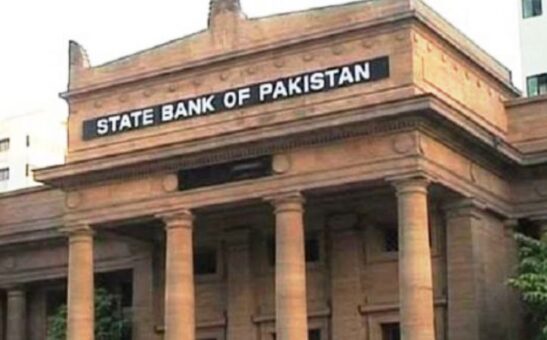KARACHI: The present drug policy is silent on adjustment of prices under foreign currency movement, State Bank of Pakistan (SBP) said in its latest report.
“The latest drug pricing policy does not say anything about the adjustment of prices under foreign currency movements. The policy becomes ineffective in mitigating the external risk, given the origin of imported raw material is mostly different from India and Bangladesh,” the SBP said.
Drug Regulatory Authority of Pakistan (DRAP) is the implementing body of the Drugs Act of 1976, which was promulgated to ensure availability of medicines at affordable prices.
DRAP exerts control over all the aspects of drugs market. While the current policy regime has kept prices mostly at par with inflation in the medium term, the pricing policy is the cause of disagreement between the private sector and the regulator.
The central bank said that pharmaceutical industry has extensive exposure to exchange rate risk. “Depreciation of the PKR has a direct impact on this industry. Its profitability gets squeezed, as producers are not allowed a timely and commensurable increase in the prices of their products,” the SBP added.
The dependence on imported materials is a critical factor in limiting the growth potential of the industry under lagged adjustment of prices, it added.
The SBP said that extensive delay in adjustment of prices has made investors, both foreign and domestic, wary of investing in pharmaceutical sector.
The government fixes the maximum price of medicines based on the respective cost of production of each drug. A generic case involves a lengthy regulatory procedure (typically taking 1-2 years) to determine the prices of medicines.
The process requires the eventual approval from the federal cabinet.
Retrospective analysis of prices reveals interesting insights to the patterns of price adjustments, i.e. prolonged periods of low medicinal inflation, followed by periods of significant adjustments. These price corrections have been more frequent in recent times.
In this regard, DRAP issued a new drug pricing policy in 2018. To overcome the lag issues, domestic price of medicines were linked with average price of the same dosage form and strength of the same brand in India and Bangladesh.
Moreover, the policy also allowed annual price increments equal to 70 percent of the annual inflation rate with a cap of 7 percent.
Whilst the latest policy has a more relaxed tone compared to the previous one, it still has some issues. First, it should be noted that compared to Pakistan, India has very different cost dynamics, as it is one of the largest producers and exporters of generic drugs and its raw material.
On the other hand, Pakistan’s pharma industry is heavily reliant on raw material imports and its industry is inward looking.
In addition to slow regulatory framework, another critical factor is the lack of government support for the industry, especially in R&D required for obtaining international certification from the US Food and Drug Administration (FDA).
This certification is a prerequisite for exporting medicines to developed countries where profit margins are higher. On the contrary, India has state of the art research labs.
It gains significant advantages by fast-tracking its FDA approvals as soon as patents expire. As a result, India’s pharmaceutical industry has not only attained economies of scale but helps in earning foreign exchange as well.
